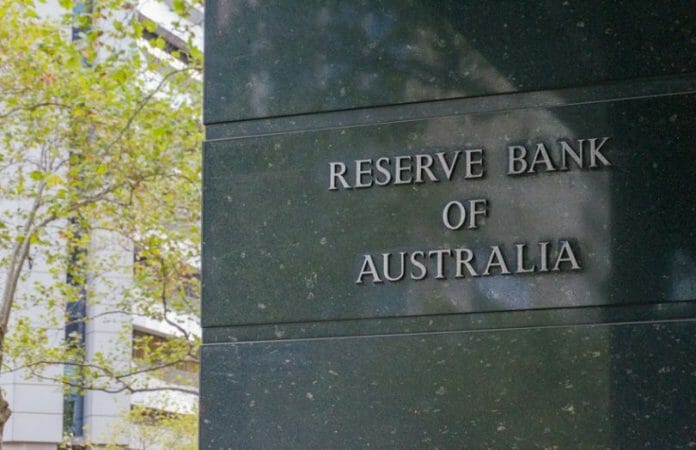Despite falling price pressures, central banks in the region have been surprising the market with their hawkishness. Bank Negara Malaysia raised interest rates by a further 25 basis points (bps) to 3.25%.
“Since pausing in April, the Reserve Bank of Australia has hiked at its two subsequent meetings for a total of 50bps, bringing rates to 4.10%,” said Manulife Investment Management (Manulife) in the recent Global Macro Outlook (Asia-Pacific).
Meanwhile, the Bank of Korea and the Reserve Bank of India (RBI) delivered hawkish pauses at 3.5% and 6.5%, respectively, pushing back against the possibility of early interest-rate cuts, and the Bank of Thailand hiked its policy rate by 25bps to 2.00%, judging that further policy normalisation is still appropriate.
“We had anticipated that slowing growth and inflationary pressures would open the door for many of the region’s central banks to bring their tightening cycles to a close,” said Manulife.
Their observation, however, is subject to the condition that core inflation, which is a better measure of underlying price pressures, is declining in a reasonable timeframe.
So far, data shows that core inflation is easing very slowly and remains well above average in almost every economy in the region. Recent developments indicate that the anticipated timing of dovish pivots has been delayed.
Asian export
“Exports remain weak, but we’ll be on the lookout for evidence of a bottoming out. Weak external demand and elevated inventory levels have weighed on manufacturing output in Asia,” said Manulife.
They are paying particular attention to developments in South Korea where headline exports extended their decline in May, plunging 15.2% year over year (YoY), in line with the contraction in headline manufacturing Purchasing Managers’ Index (PMI), which came in at 48.4 in May.
Inflation
While disinflation is broadening in earnest, inflation remains well above target for many economies, and central banks in the region may not rest easy until they see inflation back within target and sustained softening in core inflation. Core inflation is above 2.5% YoY in almost all economies we follow.
Equities
Manulife is constructive on this asset class amid expected widening in GDP growth differentials versus both developed markets (DM) and other regions within the emerging-market (EM) universe and less worrying inflation levels. Central banks in the region are also likely to make a dovish pivot sooner.
That said, the rising risk of a global recession unfolding implies higher volatility, continued weakness in global trade, and tighter USD funding, which suggests that an additional screen for relative strength in external liquidity metrics could be helpful.
Fixed income and currencies
Manulife said regional policymakers aren’t likely to match the timing nor the scale of the Fed’s tightening cycle. This suggests likely outperformance in regional bonds and underperformance in local currencies.









